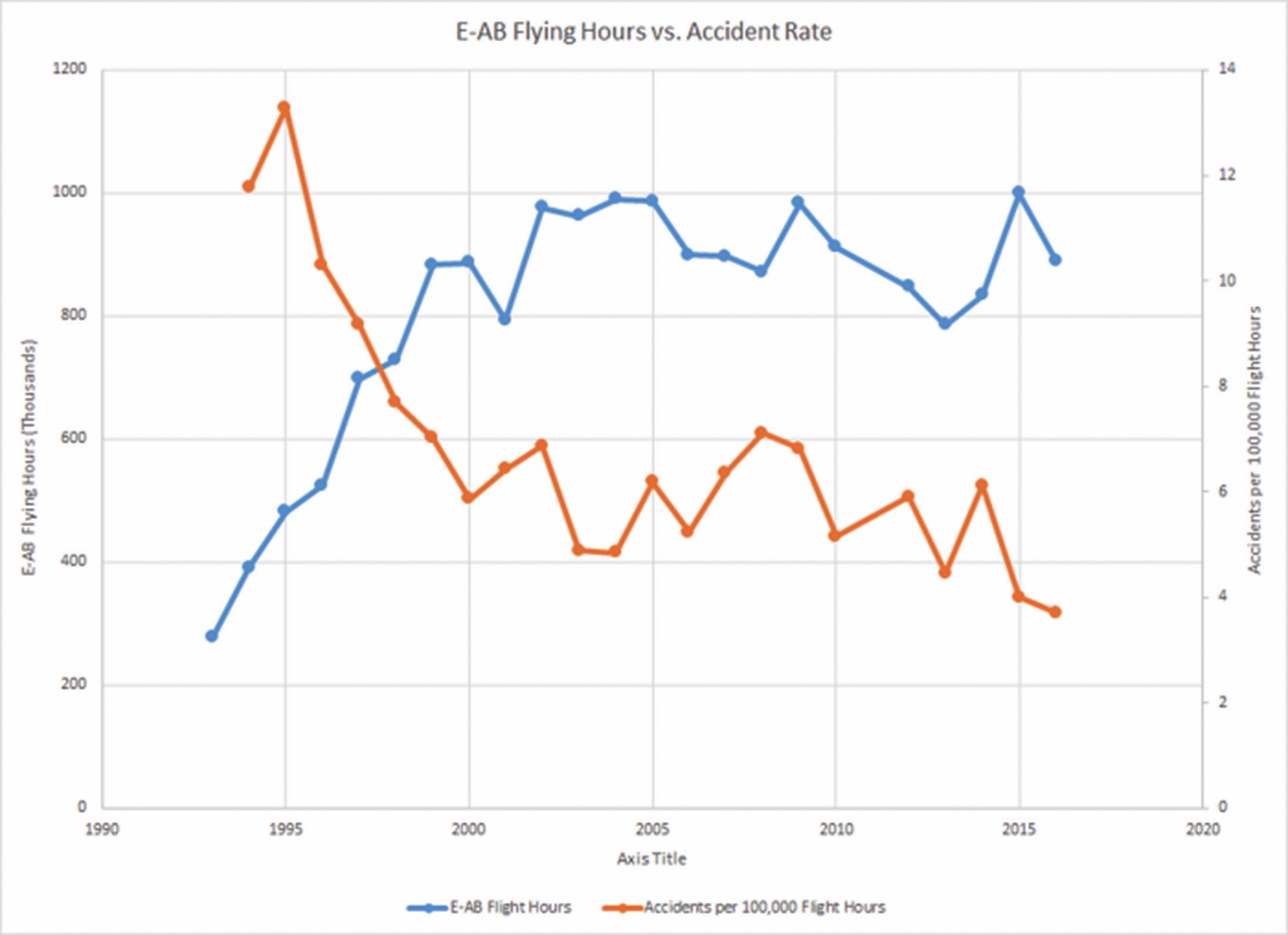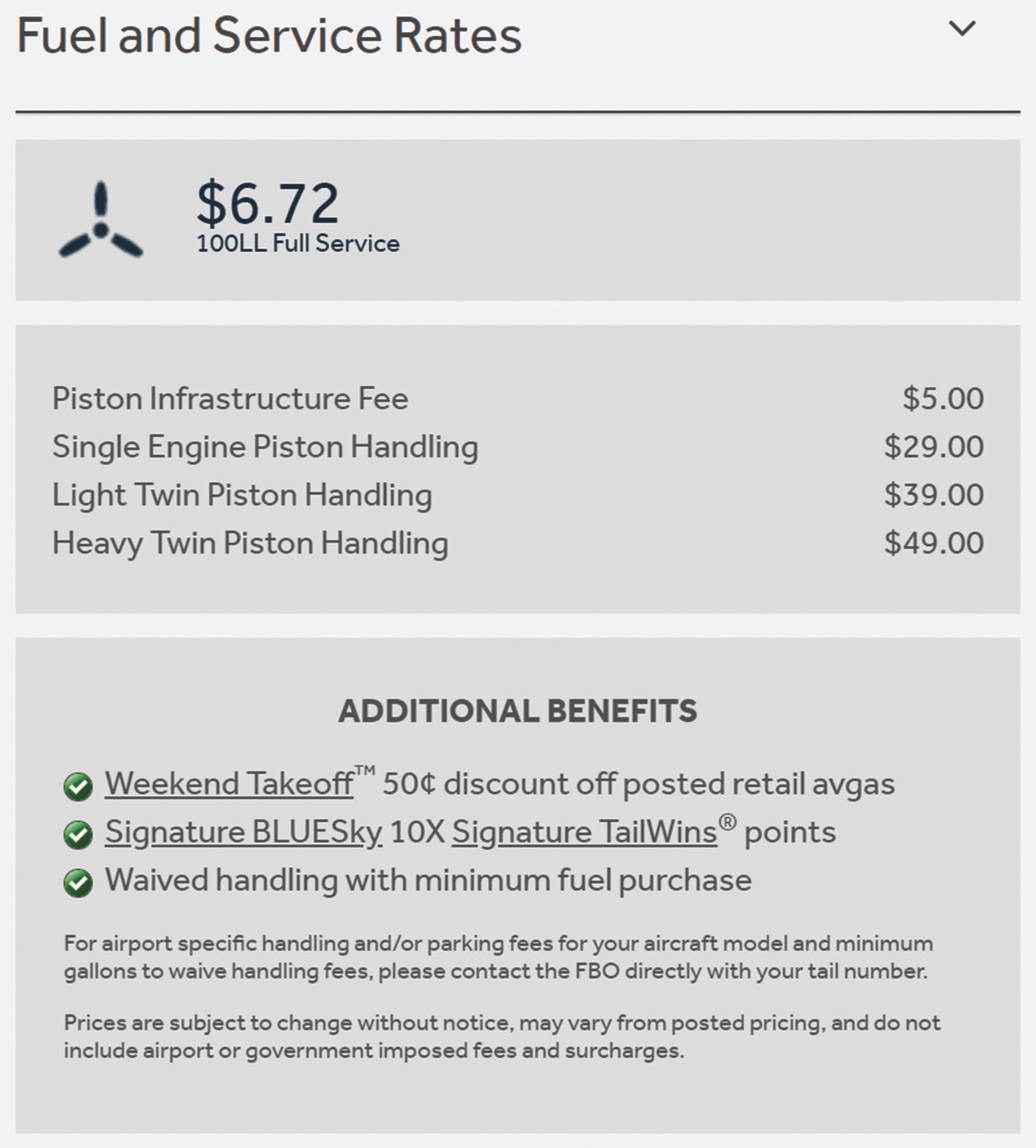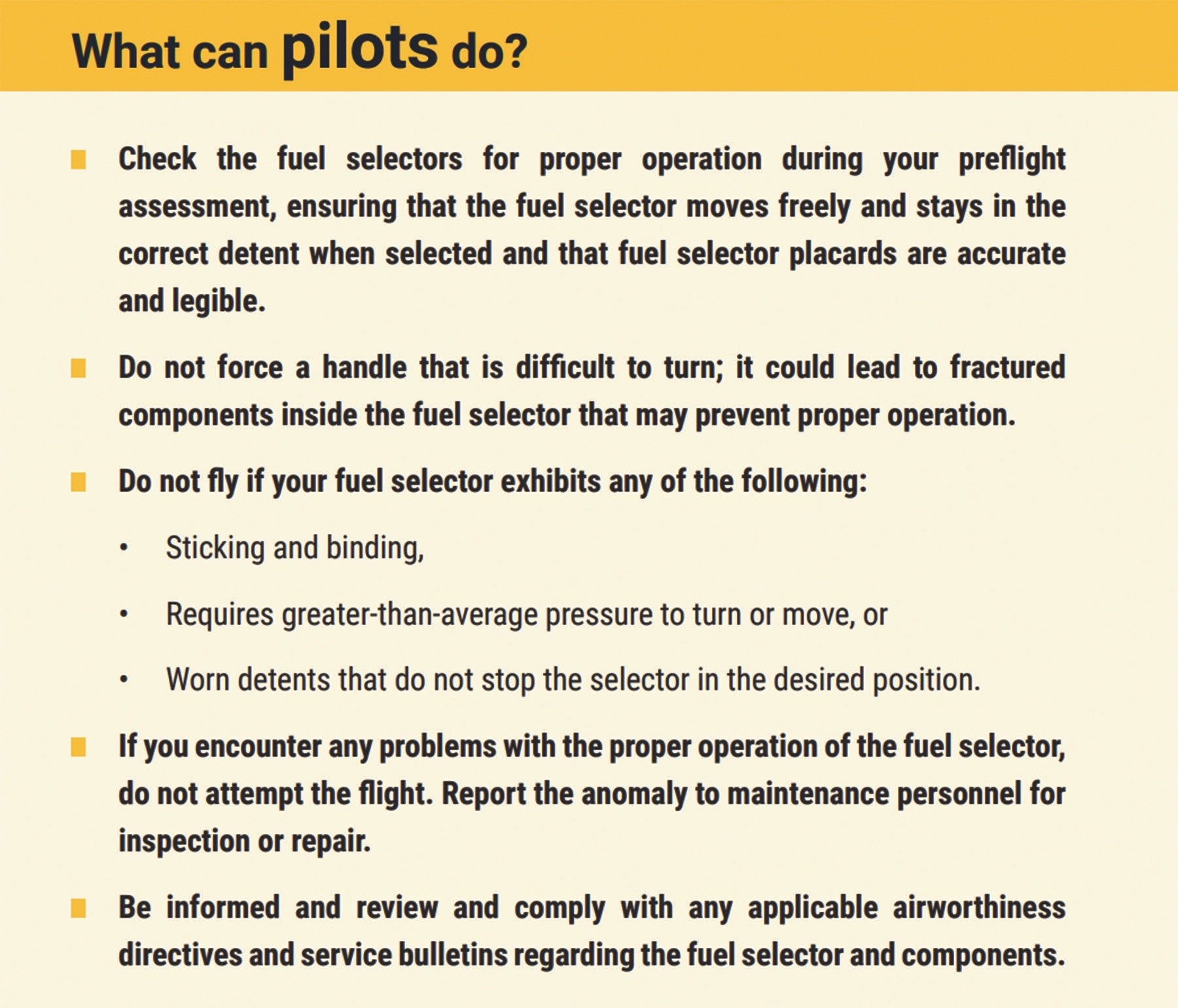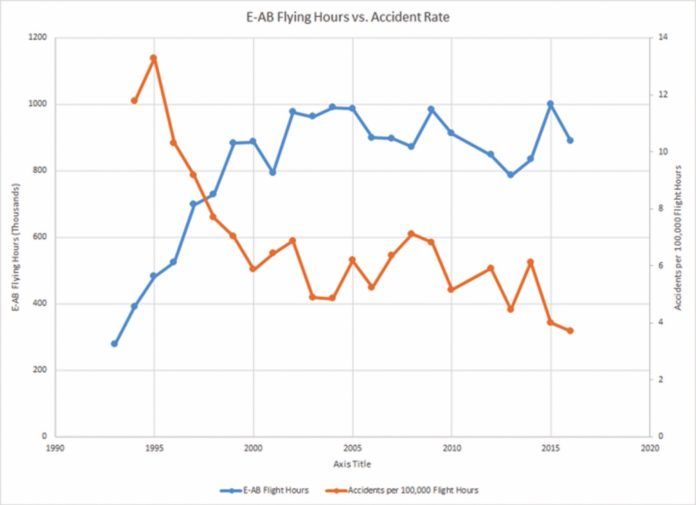Experimental amateur-built aircraft in 2017 achieved their safest year ever, according to the Experimental Aircraft Association (EAA). The association based its findings on the recently finalized results of the FAA’s 2017 General Aviation and Part 135 Activity Survey (GA Survey). “Pilots of experimental amateur-built (E-AB) aircraft were involved in fatal accidents at a lower rate than has ever been recorded, with 2.63 fatal accidents per 100,000 flight hours last year,” the association said. That fatal accident rate—2.63—breaks a record set the previous year, when E-AB pilots were involved in 3.6 fatal accidents per 100,000 flight hours, EAA added.
The lower E-AB fatal accident in 2017 rate came as the number of fatal accidents dropped from 32 in 2016 to 26 in 2017 and the estimated number of hours flown by that segment rose from about 890,000 to approximately 950,000. The association added that activity levels for E-AB aircraft have remained between 800,000 and 1,000,000 flight hours since 1999, despite economic ups and downs over the last 20 years. Even as overall general aviation operations are declining slightly, according to FAA statistics, E-ABs represent a growing share of personal flying activity each year.
“These statistics show that growth and safety are not mutually exclusive in our community,” said Sean Elliott, EAA vice president of advocacy and safety. “We are immensely proud of the progress we have made, but we’re not done yet and never will be. We cannot afford to be complacent. EAA will continue to be highly engaged in initiatives and programs to enhance aviation safety.”
The EAA said that light-sport aircraft (LSA) flight time also hit a record number in 2017, with ready-to-fly so-called special light sport aircraft (S-LSA) breaking 200,000 flight hours for the first time ever. Experimental (predominantly kit-built) light-sport aircraft (E-LSA) combined with LSA of all types flew approximately 348,000 hours in 2017. The EAA says the GA Survey has recorded 19-percent growth in LSA activity over the past decade.

In a final piece of good news on the E-AB front, EAA added that numbers for FY2018, which ended September 30, 2018, “came in below the FAA not-to-exceed goal for fatal accidents. This would be the fourth year in a row that the experimental community outperformed this safety benchmark.”
The improvements in E-AB safety come after EAA, the FAA and industry responded to a 2012 NTSB study that found experimental aircraft comprise “nearly 10 percent of the U.S. general aviation fleet, but…accounted for approximately 15 percent of the total—and 21 percent of the fatal—U.S. general aviation (GA) accidents in 2011.” In the aftermath of that study and the issues it highlighted, the EAA, its membership and the kitbuilder community took a number of steps designed to improve safety. So far, it seems their actions are working. Official accident rates from the NTSB for 2017 are not likely to be ready for another year or so.

Signature Begins Posting Ramp Fees
Responding to industry input and ongoing criticism for what some see as an opaque pricing policy, leading international FBO chain Signature Flight Support has begun publishing piston aircraft fuel and service rates for its individual facilities. The available rates are most easily accessed throughwww.signatureflight.com,. the company’s web site. An example of the rates for Key West, Fla., is at right.
The Aircraft Owners and Pilots Association (AOPA) said the move “comes after months of AOPA calling on the FBO industry to be more transparent about the ramp, parking, infrastructure, security, and other fees charged to pilots who land at publicly funded airports.”
“This is a step in the right direction,” said AOPA President Mark Baker. “We are encouraged by Signature’s decision to inform piston pilots of what to expect. However, there is still much to be done. Turbine operators deserve the same information,” he added.
For now, the published rates are limited to piston aircraft. According to AOPA, similar rates for turbine-powered aircraft should be published, something it says the FBO chain is working on. “Signature has and continues to invest heavily in IT infrastructure which will naturally lead to [publication] of turbine fees,” AOPA quoted Signature Vice President of Marketing, Patrick Sniffen, as saying.
For his part, AOPA’s Baker isn’t commenting on the fee amounts, but his association is continuing to work with the FAA “to encourage airports to identify areas where transient pilots can park when they don’t need the services of an FBO.”
“Fee transparency for all categories of aircraft and alternative access are critical to the protection of general aviation. This is a small victory for GA pilots. I look forward to working with FBOs and the FAA as we strive to improve the state of general aviation for all,” Baker said.

NTSB Highlights Fuel Selector Problems
A Safety Alert issued by the NTSB in September focuses on worn fuel selectors aboard personal aircraft and how their failure can result in sudden power loss. According to Safety Alert SA-075, “PILOTS: Ensure Your Fuel Selector Works,” the Safety Board has cited the aircraft’s fuel selector in 104 accidents over the last 20 years. Of the total, 63 accidents “involved incorrect use/operation of the fuel selector, and 28 cited degraded function of the fuel selector. Typically, these types of accidents result in fuel starvation and loss of engine power,” the Safety Alert noted.
“Worn fuel selectors have led to fuel starvation and loss of engine power, resulting in serious and fatal injuries. As fuel selectors wear, the fuel selector handles may be difficult or even impossible to turn. If a pilot applies too much force, the internal components can fracture and obstruct the fuel flow, resulting in a total loss of engine power,” the NTSB said.




